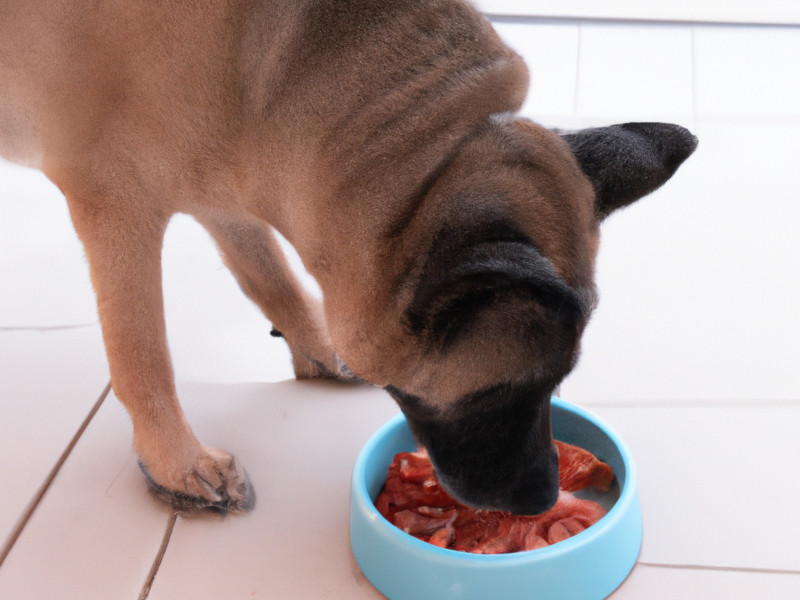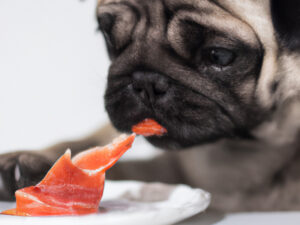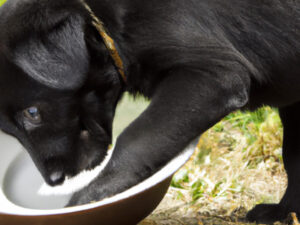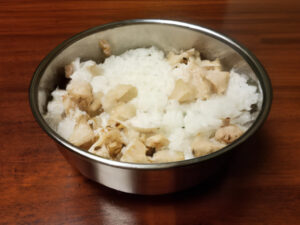What Is the Raw Diet for Dogs?

A raw diet consists of raw meat, organs, bones, fruits, and vegetables. Click here to read about the controversy and health benefits vs concerns.
There is a lot of controversy around the raw food diet for dogs, but what exactly is it? A raw diet includes raw meat including organs, muscle, and bone. It also includes raw eggs and raw fruits and vegetables.
How to Properly Implement the Raw Food Diet
If you choose to do a raw food diet for your pet, there are certain guidelines you should follow.
Balance fat with protein
Fat is what gives your dog energy and is a very important nutrient for them to have. Protein is equally important to dogs. You should aim to have 10-20% of their meal be a healthy source of fat such as fish oil. Protein contains amino acids which build up their tissue.
Balance calcium and minerals
If your dog is missing essential minerals, they can develop joint disease, heart problems, and seizures. It is important to add bones to your dog’s raw diet because they are a good source of calcium and phosphorus. 10-15% of their diet should be bone. Be sure to choose a bone that is easy for your dog to chew. It is important that they aren’t sharp or small enough to be swallowed whole.
Organs
Organs offer a whole host of vitamins and nutrients. They are essential to a raw food diet. You should aim for the diet to be 10% liver and 5% heart. You can also include 5% of spleen, kidney, or pancreas and another 5% of other organs such as brains or eyes.
Vegetables
10% of your dog’s diet should be fruits and vegetables which have anti-cancer properties and can boost immunity.
How much should they get?
You must first understand how much your dog should weigh as a healthy adult. You can start by feeding your dog up to 3% of his ideal body weight in raw food a day.
Benefits Vs. Risks of a raw food diet
Supporters of the raw food diet claim that it leads to a shinier coat, healthier skin, cleaner teeth, more energy, and smaller stools.
If you are skeptical about giving your dog raw meat, you are certainly not alone. The American Veterinary Medical Association (AVMA) has said that owners should not feed their pet animal-source protein that hasn’t been processed to eliminate pathogens. It poses potential health risks to not only your pet, but to you and your family. The FDA has also spoken out against it, claiming cases of Salmonella and Listeria monocytogenes increased in owners who feed their pets a raw diet.
If you choose to follow a raw food diet plan for your dog, there are things you can do to decrease the risk of foodborne illnesses. The FDA suggests you wash your hands with soap for at least 20 seconds after handling raw meat and disinfect all surfaces that raw meat touches including countertops, utensils, cutting boards, and dog bowls. They also suggest freezing the meat until ready to use, keeping it away from other foods, not kissing your dog on the mouth, and washing your hands after touching or being licked by your dog.
As always, it is best practice to talk with your veterinarian about any dietary changes concerning your dog.







